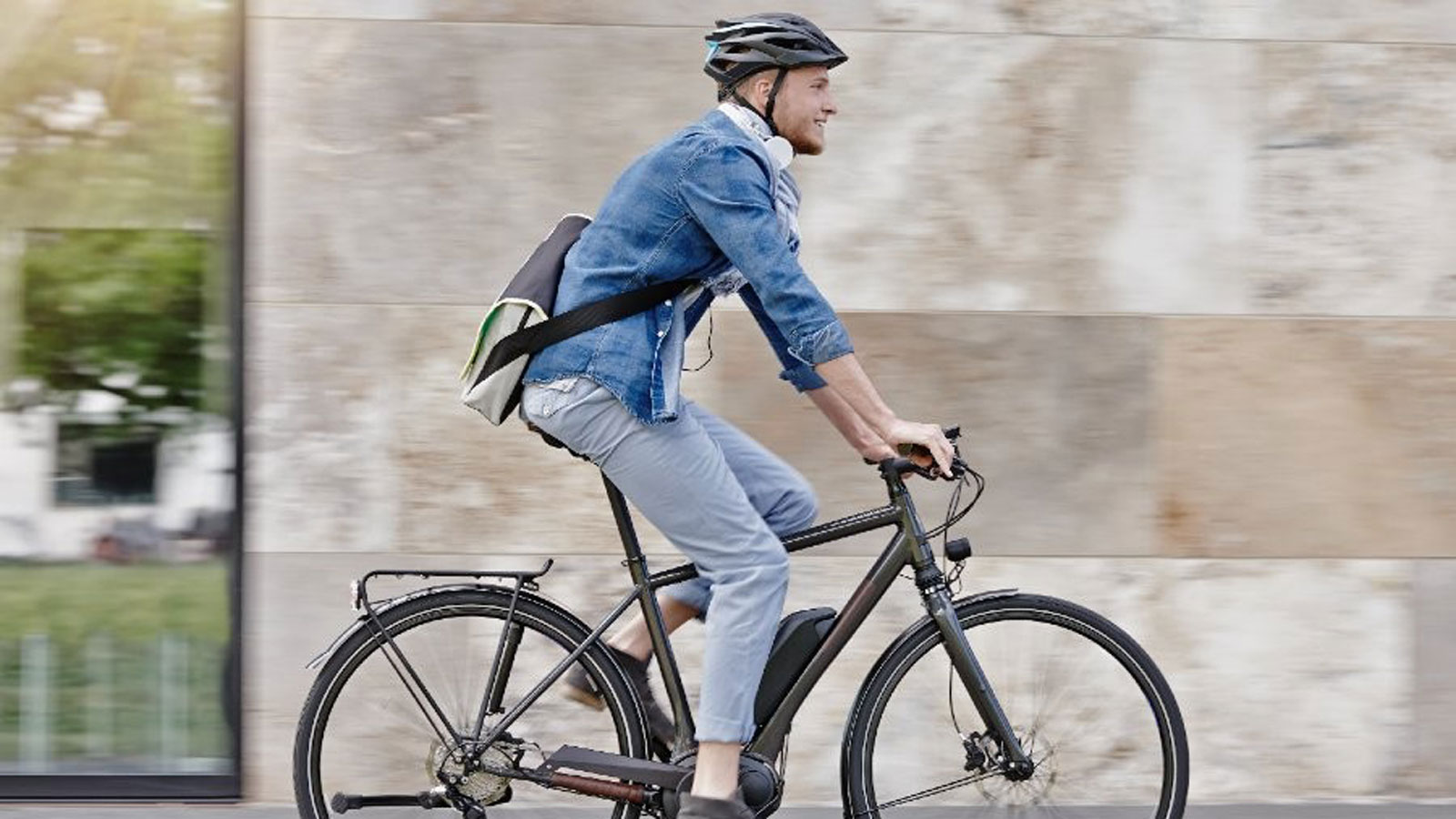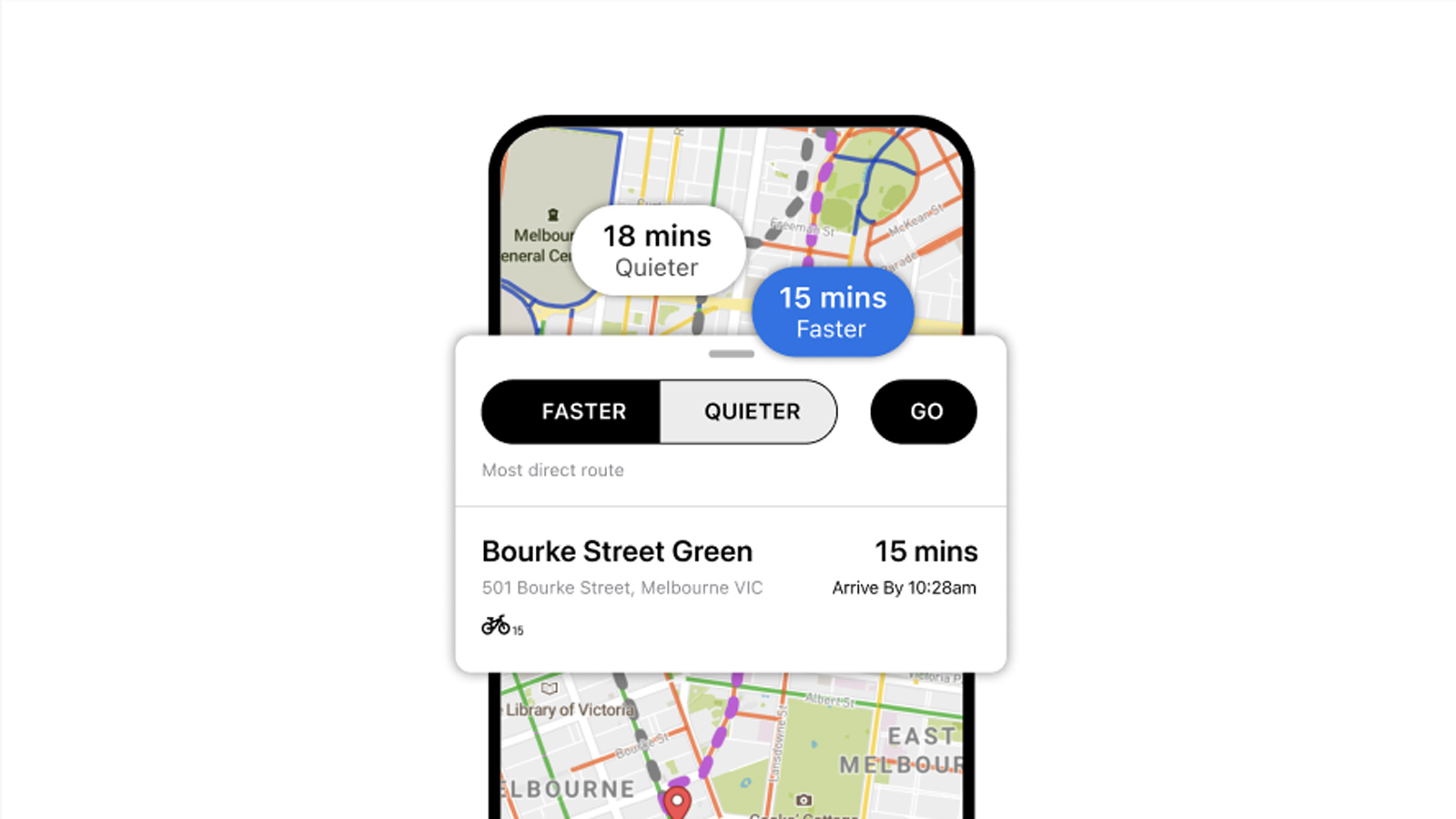Riding a bicycle or e-bike is one of the simplest, most accessible forms of transport for many Victorians.
37% of Victorians use a bike as part of their transport mix, with one in 3 using a combination of car, bike and public transport.
As well as offering a healthy and sustainable form of transport, cycling reduces congestion on our roads.
We undertake research around cycling and issues that affect Victorians. Explore our research and advice on cycling, road safety and tips for bike users.






